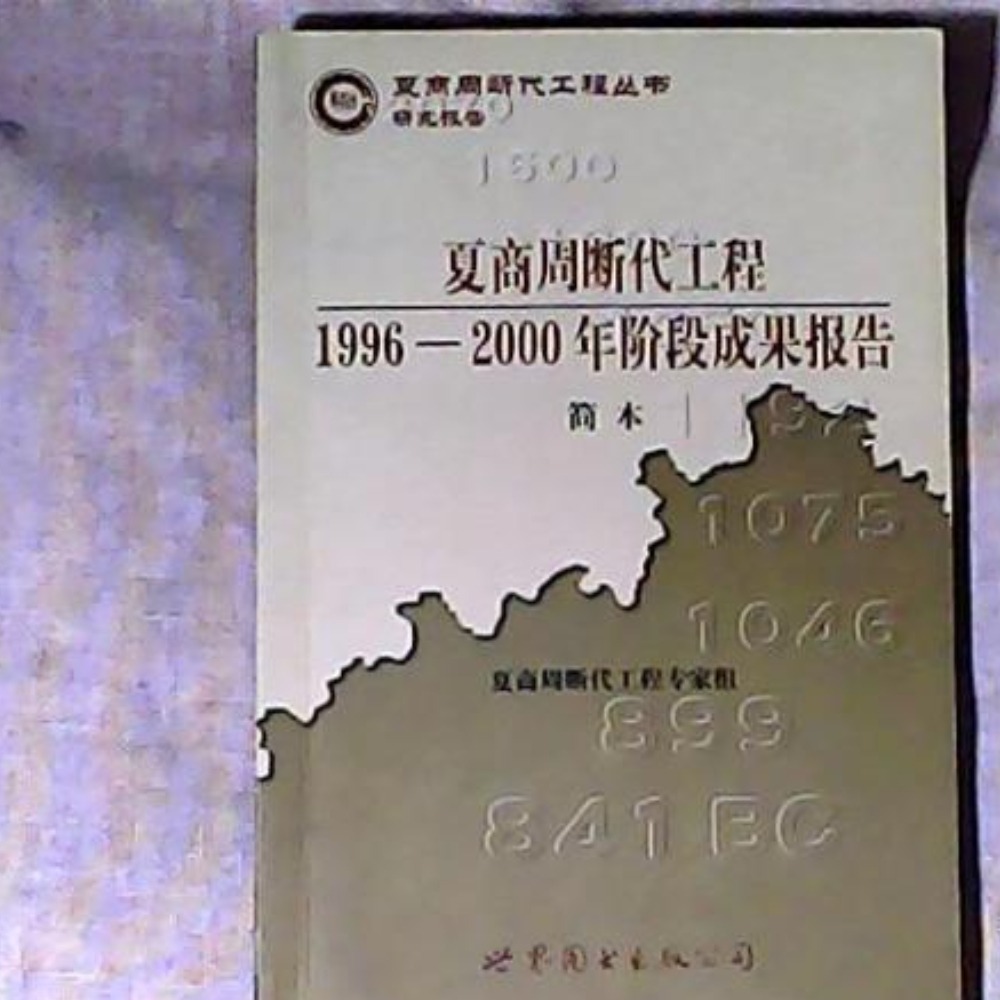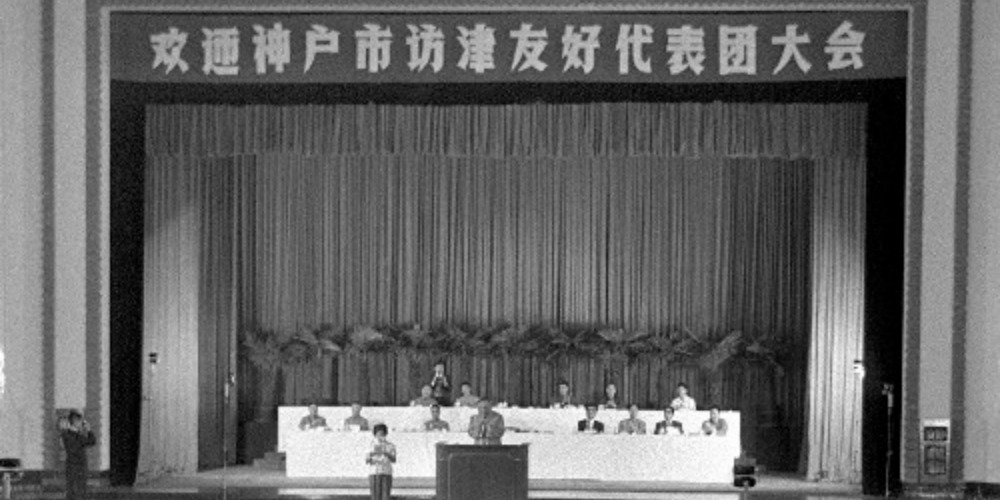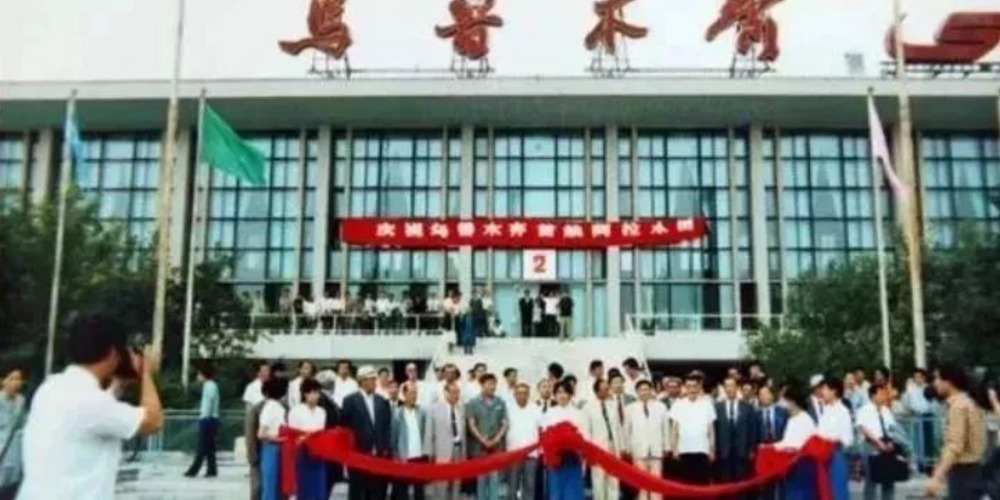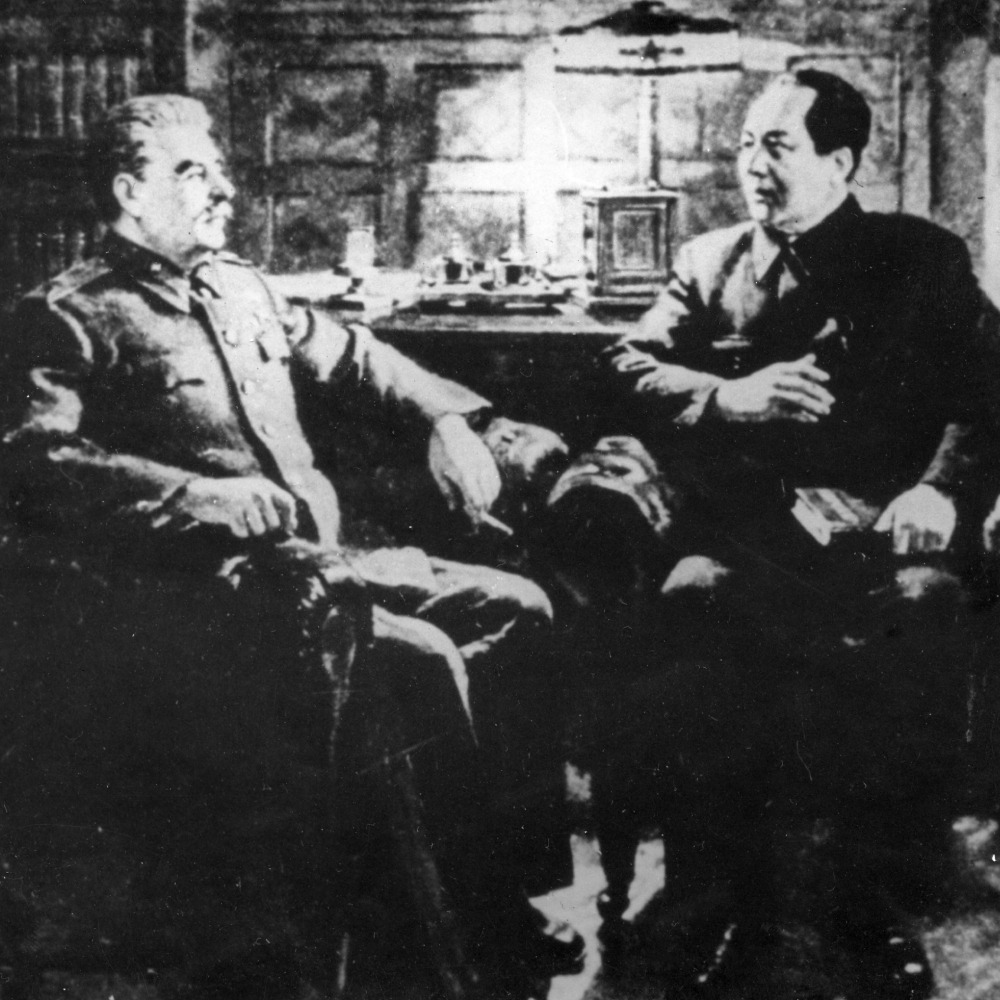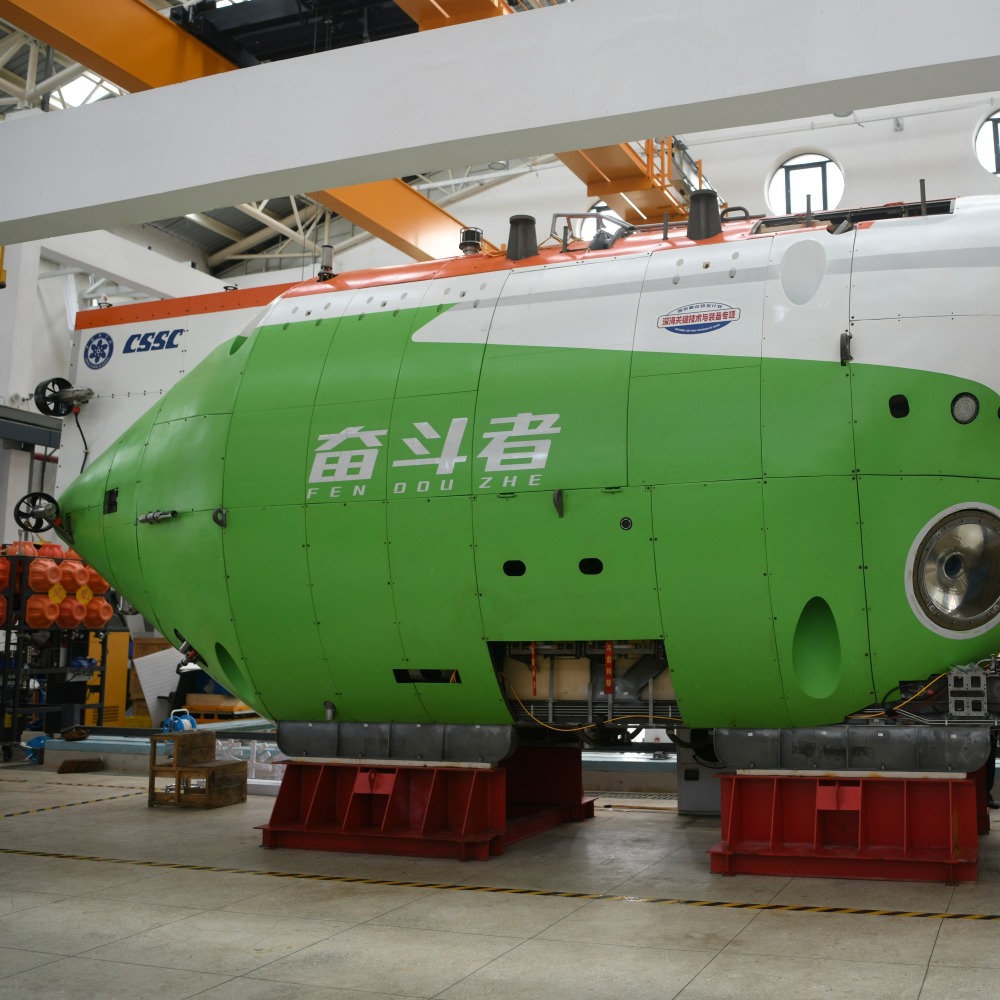Published : 2024-06-22
On June 22, 1900, the Mogao Caves No. 17 — the well-known Dunhuang Library Cave, was accidentally discovered.
The Library Cave of the Mogao Caves represents an exceptionally significant discovery in the history of Chinese archaeology, comparable to the oracles bone, wooden tablets of the Han dynasty, and the archival documents of the Ming and Qing Dynasties in the Palace Museum.
The Library Cave of the Mogao Caves, built during the late Tang Dynasty, was originally a sanctuary for the Chief of Monks Hongbian (洪辯) from the Hexi area during that period.
In the early 11th century, due to wars and other reasons, monks of the Mogao Caves hid a large number of Buddhist scriptures, Buddhist paintings, ritual implements, and other religious and social documents there. They then built a wall to seal the entrance, decorating the exterior with murals.
At the time, a Taoist monk called Wang Yuanlu (王圓祿) from the monastery below the Mogao Caves happened upon the Library Cave while clearing accumulated sand.
He unearthed Buddhist scrolls, social documents, embroidery, silk paintings, ritual objects and other relics dating from the 4th to the 11th centuries A.D., totalling over 50,000 pieces.
Regrettably, the officials at that time didn't recognise the importance of these cultural relics, and also, it was during the late Qing dynasty when the government was distracted by other events.
Later, explorers from countries like Britain, France, Japan, the United States, and Russia plundered and stole the relics.
As a result, the majority of the artifacts from the Library Caves were scattered across the world, with only a small portion remaining.
The discovery of the Library Cave at the Mogao Caves provided a vast and rich source of invaluable data for the study of ancient history, geography, religion, economy, politics, ethnicity, language, literature, art, and science in China and Central Asia.
It also led to the establishment of a new international academic field, "Tunhuangology" (敦煌學).


